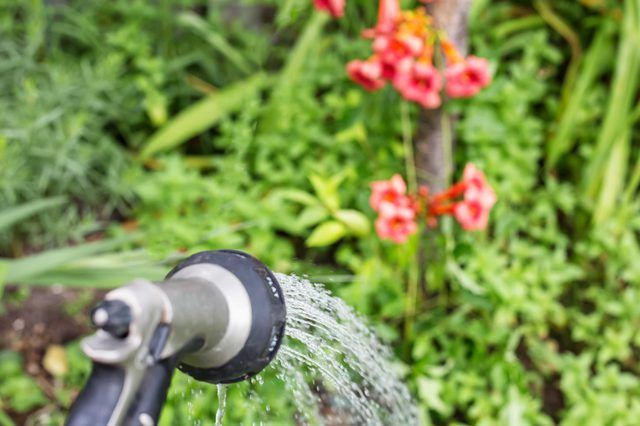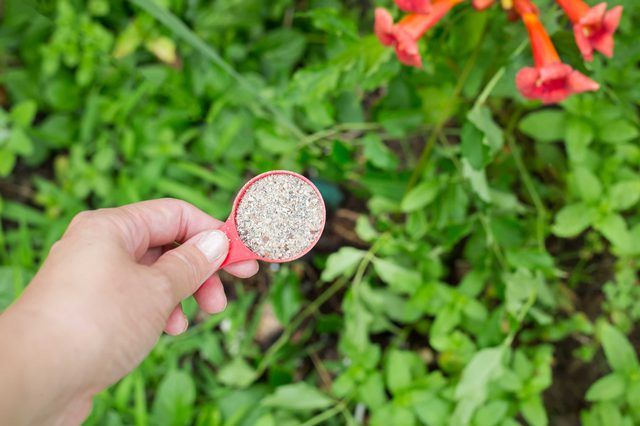Bulbs
Flower Basics
Flower Beds & Specialty Gardens
Flower Garden
Garden Furniture
Garden Gnomes
Garden Seeds
Garden Sheds
Garden Statues
Garden Tools & Supplies
Gardening Basics
Green & Organic
Groundcovers & Vines
Growing Annuals
Growing Basil
Growing Beans
Growing Berries
Growing Blueberries
Growing Cactus
Growing Corn
Growing Cotton
Growing Edibles
Growing Flowers
Growing Garlic
Growing Grapes
Growing Grass
Growing Herbs
Growing Jasmine
Growing Mint
Growing Mushrooms
Orchids
Growing Peanuts
Growing Perennials
Growing Plants
Growing Rosemary
Growing Roses
Growing Strawberries
Growing Sunflowers
Growing Thyme
Growing Tomatoes
Growing Tulips
Growing Vegetables
Herb Basics
Herb Garden
Indoor Growing
Landscaping Basics
Landscaping Patios
Landscaping Plants
Landscaping Shrubs
Landscaping Trees
Landscaping Walks & Pathways
Lawn Basics
Lawn Maintenance
Lawn Mowers
Lawn Ornaments
Lawn Planting
Lawn Tools
Outdoor Growing
Overall Landscape Planning
Pests, Weeds & Problems
Plant Basics
Rock Garden
Rose Garden
Shrubs
Soil
Specialty Gardens
Trees
Vegetable Garden
Yard Maintenance
How to Grow a Trumpet Vine
How to Grow a Trumpet Vine. Scrambling over walls, fences, trees, houses and other outdoor structures, a trumpet vine (*Campsis radicans*) grows well with little help. Hardy in U.S. Department of Agriculture plant hardiness zones 4 through 9, trumpet vine grows 25 to 40 feet tall and 5 to 10 feet wide, and is invasive in many areas of the United...
Scrambling over walls, fences, trees, houses and other outdoor structures, a trumpet vine (Campsis radicans) grows well with little help. Hardy in U.S. Department of Agriculture plant hardiness zones 4 through 9, trumpet vine grows 25 to 40 feet tall and 5 to 10 feet wide, and is invasive in many areas of the United States. The orange or scarlet, trumpet-shaped flowers of this perennial vine attract hummingbirds.

A sunny spot encourages the best flowering from trumpet vine, though this plant also grows in a partially shaded site. Trumpet vine grows in most soils. Low or average fertility, medium moisture soil promotes good growth and flowering.
Space trumpet vine plants 36 to 60 inches apart, next to a sturdy structure capable of supporting the weight of the vine when mature. Trumpet vine climbs using aerial rootlets, which attach themselves to most surfaces. Trumpet vine can also grow over the ground, disguising tree stumps and rock piles.

Trumpet vine tolerates drought, but regular watering helps the vine grow quickly. This plant can grow up to 2 feet in one week.
Water trumpet vine when the soil is dry to a depth of 1 inch. Spray water over the soil in a circle 3 feet in diameter from the vine's base to moisten its spreading root system. Water the ground until the water begins to puddle. Don't water trumpet vine so much that the soil becomes soggy.

Applying a little fertilizer to trumpet vine helps the plant grow and flower well, but too much fertilizer encourages leafy growth without flowers. If a trumpet vine is growing well but not producing any flowers, don't fertilize it. Overfertilization can prevent blooming for up to two years.
Apply ready-to-use 6-9-0 granular fertilizer when new growth appears in spring. Evenly sprinkle the fertilizer granules at a rate of 1 tablespoon per 2 square feet over the root area of the trumpet vine. Water the vine after applying fertilizer to help the granules dissolve into the soil.

When trumpet vine grows large and woody, pruning old stems promotes blooming. Wipe pruning shear blades with a cloth that was dipped in rubbing alcohol, before and after pruning trumpet vine.
Prune old stems when new growth appears in spring. Prune the thickest, woodiest stems where they join the rest of the vine. Pull the stems down gently after pruning to avoid pulling the rest of the vine away from its supporting structure. Trumpet vine flowers on new growth, so pruning in spring doesn't affect flowering.
